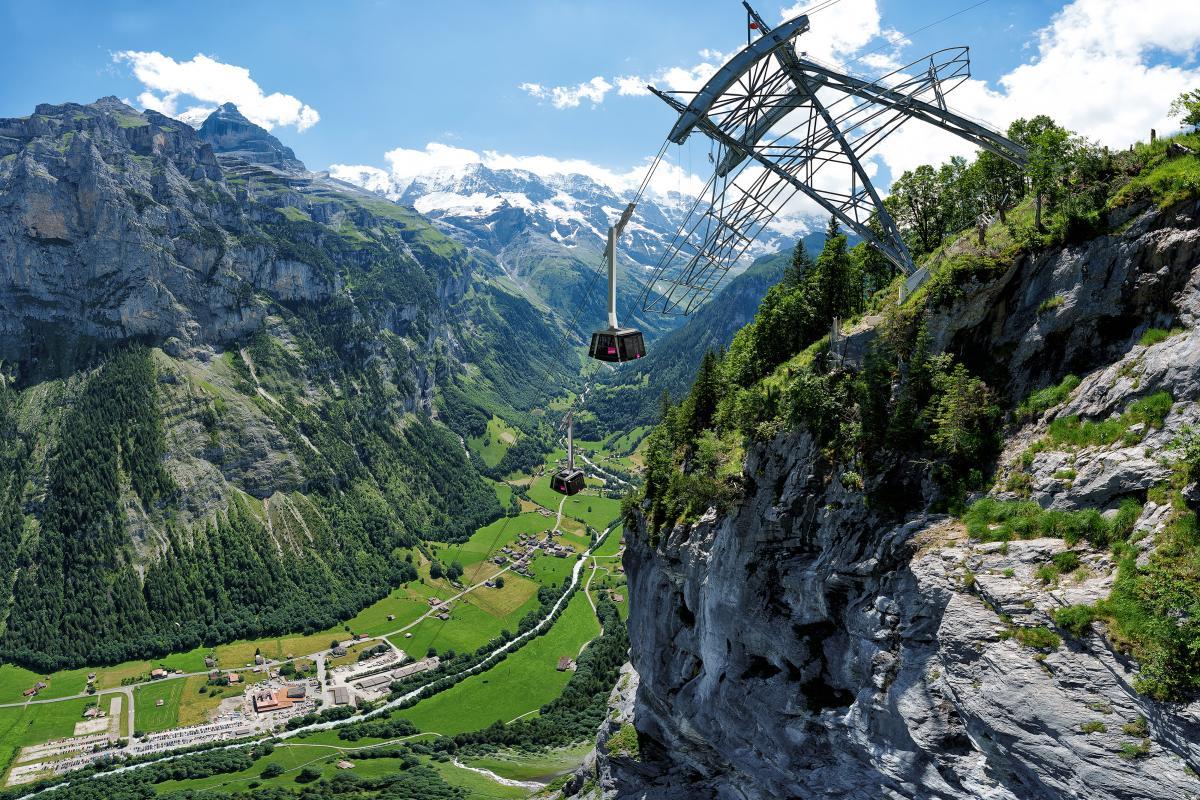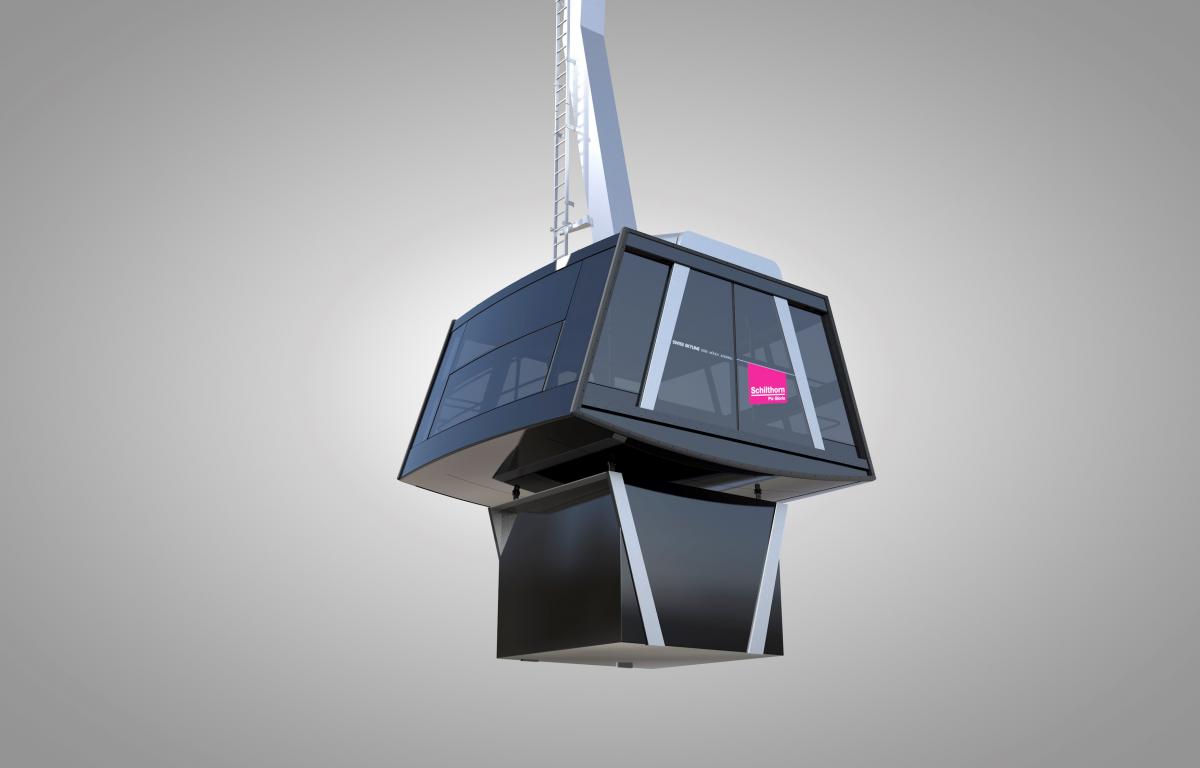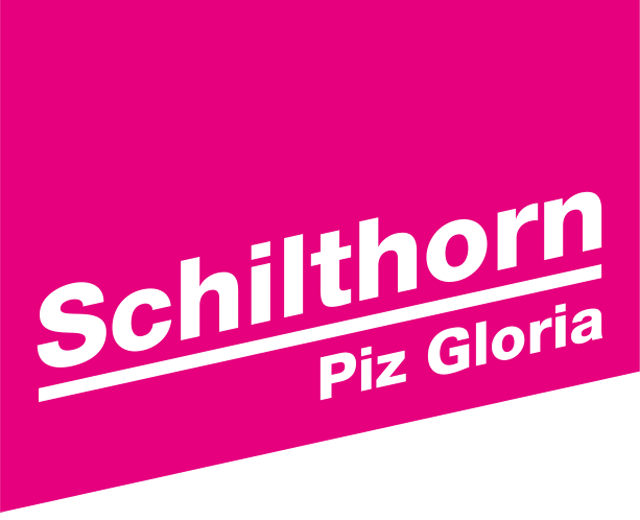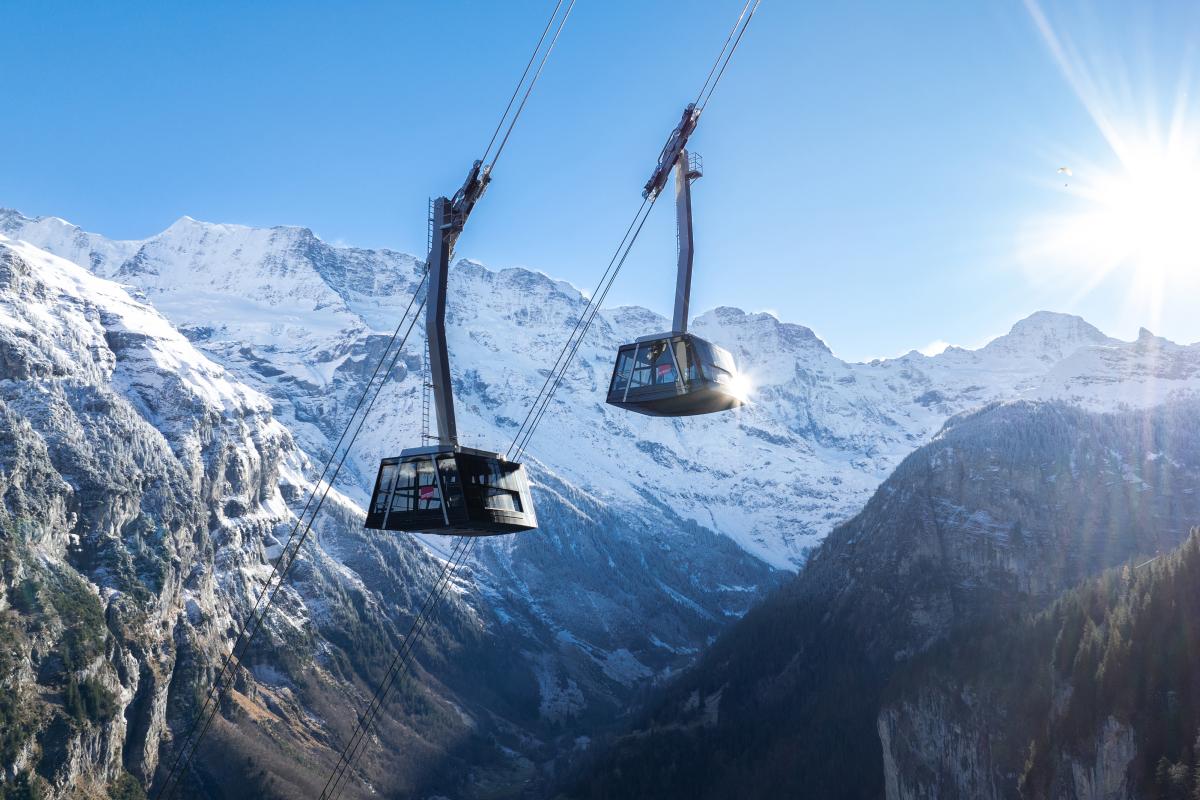Cable car

A gondola cable car, also known as an aerial ropeway, is an aerial cable car system in which the cabins travel, or shuttle, to and fro between the valley and the mountain station on one or several carrier cables. The gondola cable car, in particular the dual-cable version, is often seen as the “classic” aerial cable car system.
Generally speaking, gondola cable cars are dual track. In this system, two cabins travel on a single track comprising one or several carrier cables. Both cabins are firmly attached via a traction cable that is guided by a pulley in the mountain station, which moves them back and forth, so that one cabin is pulled up the mountain as the other cabin descends to the valley. The weight of the cabins, or to be more precise, the shear force, is largely comparable in this process. A force difference can occur due to different loads and alternating gradients in the course of the route. The resulting traction and the force required to overcome the friction must be provided by the drive motor. In order to be able to tighten the traction cable and to balance out the changing loads put on the cables, the cabins are attached to the counter cable via a deflecting pulley in the valley station, so that the traction cable and the counter cable form a closed loop.
Generally speaking, gondola cable cars are dual track. In this system, two cabins travel on a single track comprising one or several carrier cables. Both cabins are firmly attached via a traction cable that is guided by a pulley in the mountain station, which moves them back and forth, so that one cabin is pulled up the mountain as the other cabin descends to the valley. The weight of the cabins, or to be more precise, the shear force, is largely comparable in this process. A force difference can occur due to different loads and alternating gradients in the course of the route. The resulting traction and the force required to overcome the friction must be provided by the drive motor. In order to be able to tighten the traction cable and to balance out the changing loads put on the cables, the cabins are attached to the counter cable via a deflecting pulley in the valley station, so that the traction cable and the counter cable form a closed loop.

Schilthornbahn 20XX
In the case of the Schilthornbahn 20XX project, for Section 1, Stechelberg – Mürren, a traditional cable car with two carrier cables is used.
During their journey, the cabins have to cope with a max. gradient of 159.4%. This means that guests can look forward to a spectacular journey in the steepest cable car in the world.
During their journey, the cabins have to cope with a max. gradient of 159.4%. This means that guests can look forward to a spectacular journey in the steepest cable car in the world.












